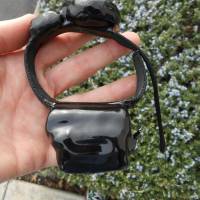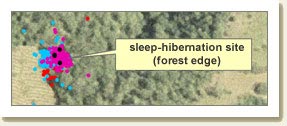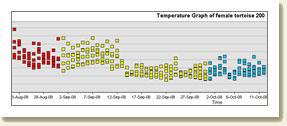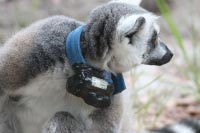Testimonials
The collars send data via satellite to a desktop computer. This dramatically increases our ability to gather and analyze movement data. Initial results are stunning: one feral cat has moved over 125 kilometres, while two others have moved more than 60 kilometres.
Such movements have never previously been recorded. Understanding behavior like this is critical to the design of feral cat control including developing an effective strategy for a potential gene drive solution. Atticus Fleming, Former Chief Executive, Australian Wildlife Conservancy: GPS/Iridium Pod with VHF Collars

 Â Â
  

As it turns out there is a good reason for this. These are the two collars on the female foxes. What seems to be happening is that they are heading out and then returning to their dens. We thought that this may have been the time of year that the females are rearing pups,
The collars are programmed to a 90 second time out and 30 second additional time. This actually seems to be working well. The fixes are still quite precise on these settings. I know this because we pulled the fixes that we suspected were the dens’ sites, put them into a handheld GPS and managed to find the dens for both the collared females. The GPS took us straight to the dens. We actually saw pups in the den of fox 4, see attached photo (a little hard to see but they are there) and we strongly suspect that fox 3 also has pups or will do very soon. We have set up remote sensing cameras outside both of the dens. So hopefully we will soon be getting photographic data as well as GPS data.
Thanks for all the support with the collars. I really appreciate it. Particularly the last minute emails and calls. John S.: GPS collar with satellite data

I’m a researcher familiar with wildlife monitoring techniques, especially VHF and GPS. I use these study large carnivore (European lynx, wolf and brown bear) and tortoises (Testudo hermanni boettgeri). I was surprised to find that it is possible to have GPS devices for tortoises. They must be lightweight, flat, have a reasonable life expectancy, and a reasonable price. I found Quantum 4000 units, with special design for tortoises, very light unit only 55 grams, replaceable batteries.


The results were surprising. In four months each tortoise has 4 positions per day, doubled by the values of temperatures recorded outside the carapace. The GPS works very fine on a very steep terrain, open meadow or in very dense forest.
Clearly, I will succeed to build models of habitat occupancy and define effective protection systems for Hermann’s tortoise. – Dr. Laurentiu Rozylowicz, University of Bucharest
 .
. 


